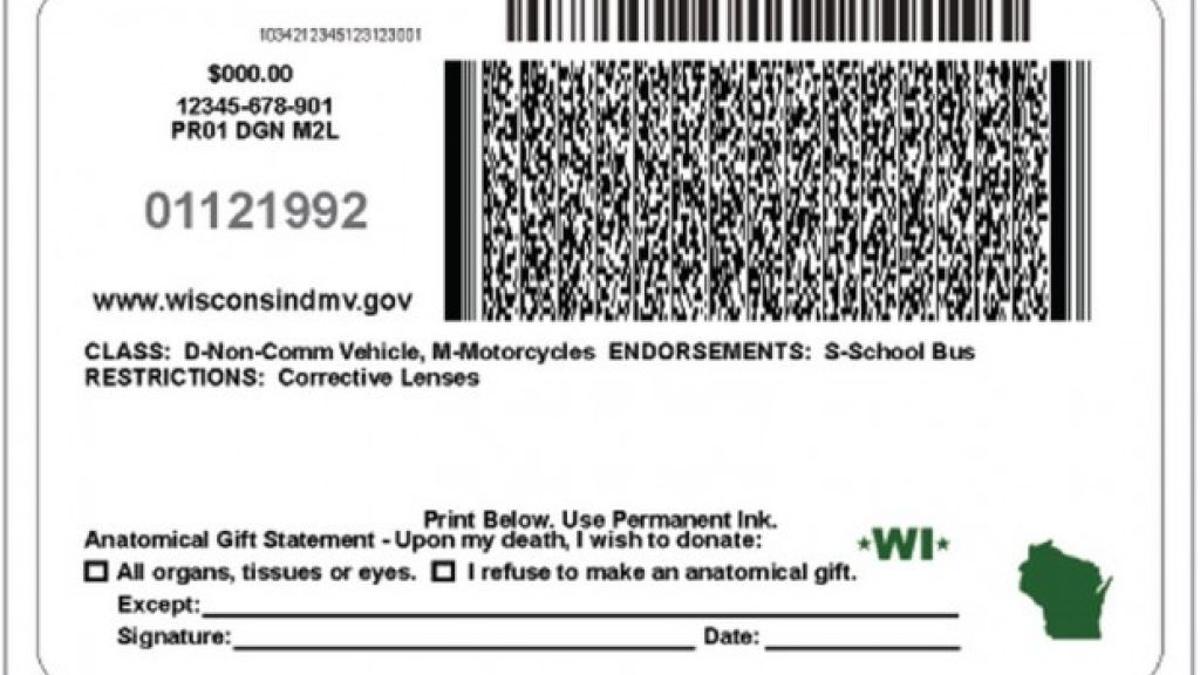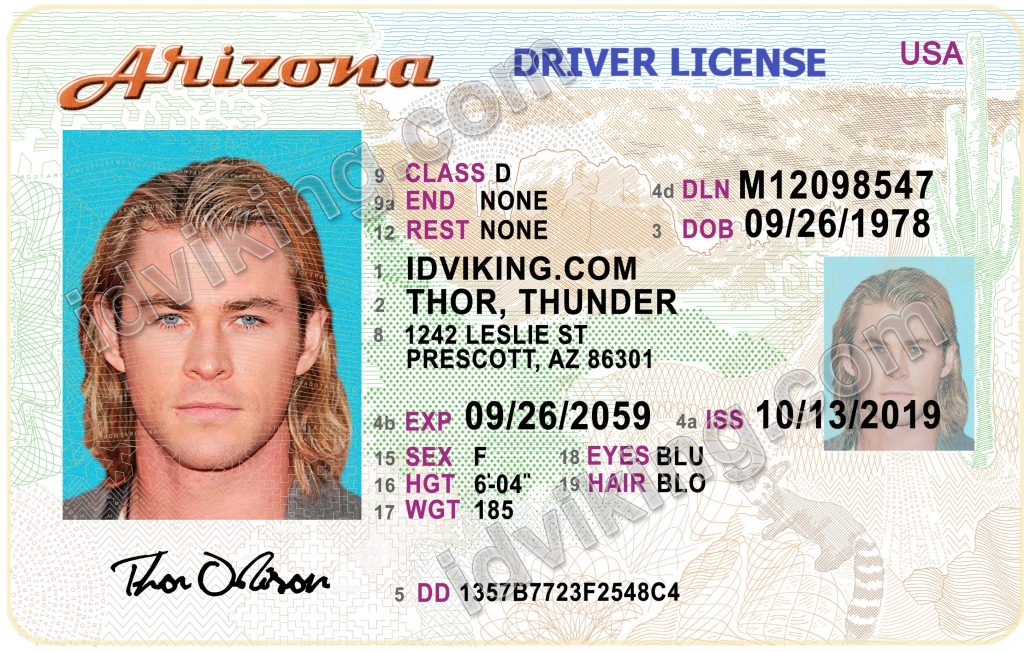- Drivers License Barcode Generator - downoload. The Free Barcode Generator of Choice. Generate high resolution 1D and 2D barcodes in the most popular barcode fonts like EAN, POSTNET, UPC, DataMatrix, CODABAR, PDF417, ISBN, Code 39, Code 93, Code 128. The barcode generator is absolutely free, and is up and running 24/7 to help you get the.
- There's a lot of information about you on the back of your state-issued driver's license or non-driver ID card, but does scanning your license or making a copy of it give potential identity.
Because the driver’s license is widely accepted as a form of identification in different areas and is considered the primary method of identification in countries like the US, it is imperative to use a barcode reader that accurately reads and extracts the data.
If you’ve renewed your driver’s license any time in the last few years, you have likely noticed an increase in its visual complexity. Many governing bodies have made significant strides towards making forgery more difficult. The unfortunate side-effect from that positive change is that traditional recognition algorithms are more difficult with the many colors, backgrounds, holograms, and layouts.
Thankfully, new driver’s licenses also have PDF417 barcodes on them, and in North America, follow specifications laid out by the American Association of Motor Vehicle Administrators (AAMVA). These barcodes are small, error resistant, and can encode a lot of information.
This tutorial will introduce you to the classes and methods for both reading and writing AAMVA-compliant barcodes from Driver’s Licenses.
Reading AAMVA Barcodes
Since Driver’s Licenses are so broadly accepted as forms of identification, there are a wealth of opportunities for reading the information from them. We covered those concepts in an earlier white paper on Capturing Customer Information from Driver’s Licenses, so we won’t repeat them here. That paper also discussed using the PDF417 barcodes before they were regulated by AAMVA. Since then, LEADTOOLS has added a new AAMVAID class which does all the field parsing for you.
What’s the big deal? Take a look at the raw data for an AAMVA barcode:
Where’s the name? Or the birthdate? Do you need to calculate if this person is over 21 and legally allowed to make a purchase? With LEADTOOLS, you can get that kind of information in beautiful, strongly typed properties:
Writing AAMVA Barcodes
There may be fewer reasons for generating AAMVA barcodes, but every motor vehicle agency in every state or province in the United States, Canada, and Mexico needs the ability to print them on the licenses they issue. Naturally, you can’t just print any old barcode onto licenses and IDs. As with most specifications, they are hard to follow and can cause a significant development roadblock due to the R&D requirements. LEADTOOLS simplifies this in two ways: generating the AAMVA string and creating the PDF417 barcode.
First, you need to convert your customer data into a valid AAMVA string value. To aid in this process, LEADTOOLS provides the AAMVAIDBuilder class. The builder will help organize the data and output it conforming to the 2016 AAMVA CDS. Here we initialize the AAMVAIDBuilder, add some information and then use the Build function to generate the AAMVAID object:

Now that our customer’s information is correctly encoded for AAMVA, we will create the PDF417 barcode. Thanks to LEAD’s nearly three decades of experience in with raster and document imaging technologies, this process is even simpler than writing the AAMVA string despite the barcode’s greater complexity. Here we generate the BarcodeEngine, set a few options to help the proportions make AAMVA happy, and LEADTOOLS takes care of the rest. In this simple case, we simply created a blank image using the calculated bounds of the barcode:
As a check, we’ll load the image back into the Main Barcode demo like before and read the data.
Change the World! (or at least your DMV...)
credit: Giphy and Walt Disney Animation StudiosReading is actually the easy part. Most of you on this blog are pretty keen and might've picked up on how the raw data in that string worked and thought, 'I could parse that!' As mentioned previously, the biggest catch out there is adoption. It's one thing to figure out how to parse some values from a long text string, but writing them out correctly and following the AAMVA spec is what's really holding states and countries back. LEADTOOLS makes it incredibly easy to make sure your data follows the specifications, AND can write the barcode. So get out there and code something that's so easy, even a sloth can do it!
Conclusion
LEADTOOLS has a history of staying on the forefront of document imaging and recognition technologies like OCR, Forms, Barcode, and PDF. Driver’s licenses and IDs have become far more complex, yet better regulated with the adoption of AAMVA barcodes. LEADTOOLS will stay a viable option for developers wanting to quickly and easily create software to read and write identification data stored in AAMVA barcodes.
Download the Full AAMVA Barcode Example
You can download the fully functional demo which includes the features discussed above. To run this example you will need the following:
- LEADTOOLS free evaluation
- Visual Studio 2010 or later
- Browse to the LEADTOOLS Examples folder (e.g. C:∖LEADTOOLS 20∖Examples∖) where you can find example projects for this and many more technologies in LEADTOOLS.
Need help getting this sample up and going? Contact our support team for free technical support! For pricing or licensing questions, you can contact our sales team (sales@leadtools.com) or call us at 704-332-5532.
According to the American Association of Motor Vehicle Administrators (AAMVA) specification, PDF417 symbology is used for storing personal information on US driver licenses. It comprises critical information about the cardholder, such as their name, gender, date of birth, height, etc. Many organizations, both government and private, use the driver’s license for identification purposes and age verification. Barcode recognition technology is considered more accurate and cost-effective than OCR for extracting data. Because the driver’s license is widely accepted as a form of identification in different areas and is considered the primary method of identification in countries like the US, it is imperative to use a barcode reader that accurately reads and extracts the data. |
Cross-platform and Cross-device Support
What Kind Of Barcode Is On A Driver's License
Dynamsoft Barcode SDK is designed to read barcodes from a variety of platforms and devices. Below are some of the ways you can use the barcode SDK for reading the information on PDF417 driver licenses format.
Scan documents and read driver’s license synchronously
Working together with Dynamic Web TWAIN, the barcode reader add-on allows you to scan a picture of a US driver’s license from a document scanner and extract data from PDF417 barcode.
Decode PDF417 from cameras in a web application on mobile and desktop devices
Arizona Driver License Barcode Information
Dynamsoft JavaScript Barcode SDK provides high-performance barcode scanning functionality to web developers. It also offers built-in camera module APIs, making the process of creating an HTML5 barcode reader with cameras extremely convenient.
Read driver’s licenses in Android and iOS native applications

With Dynamsoft Barcode Reader SDK for iOS and Android, developers can easily create a barcode reader app to extract information from PDF417 codes on driver’s licenses.
ParserDynamsoft Barcode Reader SDK is capable of quickly parsing PDF417 barcode symbology. Once decoded, a parser is required to convert the information contained in the barcode into human-readable formats. The parser breaks down the decoded PDF417 values into field-value pairs, such as cardholder’s name, eye color, height, date of birth, etc. | A snippet of parsed PDF417 values is shown below:
|
Case Studies
- Millennial Vision, Inc.
- VALID USA, Inc
Millennial Vision, Inc. (MVi) is known for providing enterprise content management and document management solutions to credit unions and various financial institutions across the United States and the Caribbean. While looking for a robust barcode reader SDK, MVi tried Dynamsoft Barcode SDK and selected it for its simplicity, power, and cost-effectiveness.
Our barcode reader SDK helps MVi scan PDF417 barcodes from driver’s licenses and further use the extracted data to auto-populate metadata fields for financial institution forms and applications.
Another essential factor in MVi’s decision to choose Dynamsoft Barcode Reader SDK was the time to market. With DBR, they saved a lot of time that would have been required to develop a barcode reader solution in-house.
VALID USA, Inc., a wholly-owned subsidiary of its Brazilian parent company VALID S.A, was looking for an image capture software development kit (SDK) for its popular product, WebLink ID. WebLink ID is an enrolment, credentials, and application management web app. The application is used for issuing mass student IDs, transit cards, access control cards, ID documents, and state driver’s licenses. Thus, document scanning/image capture capabilities were a requirement for the software. But, VALID did not want to build this capability from scratch in order to focus on its core expertise.
After trying and testing many products, VALID chose Dynamsoft's ImageCapture Suite SDK, which helped them shorten time to market and build better software.
Today, the application is used by thousands of workers to capture millions of images annually in diverse environments. Some of these are K-12 and higher education institutions, US state governments, the public transit industry, and many other vertical markets that require photo identification.